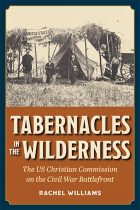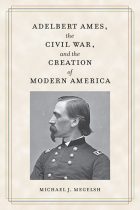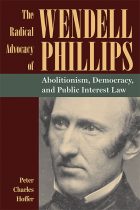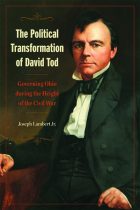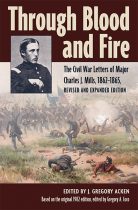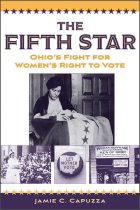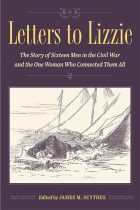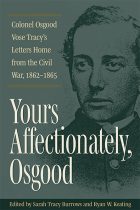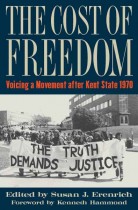Holding the Political Center in Illinois
Ian T. Iverson | Filed under: Civil War Era, Interpreting the Civil War: Texts and Contexts, U.S. History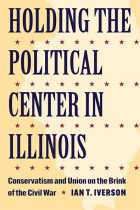
Holding the Political Center in Illinois charts the political trajectory of Illinois from the introduction of the Kansas-Nebraska Act in 1854 through the firing on Fort Sumter in 1861. Throughout, Ian T. Iverson focuses on political moderation in this era of partisan extremes, one in which the very label of “conservative” was contested. Most often framed through the biography of Abraham Lincoln, the turbulence of antebellum-era and political realignment in Illinois has been widely misunderstood, yet the Prairie State’s geographic, economic, and demographic diversity makes it an especially fascinating microcosm through which to examine the politics of self-identified conservatives leading up to the Civil War.

